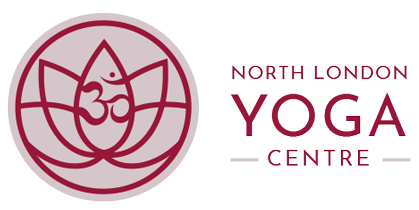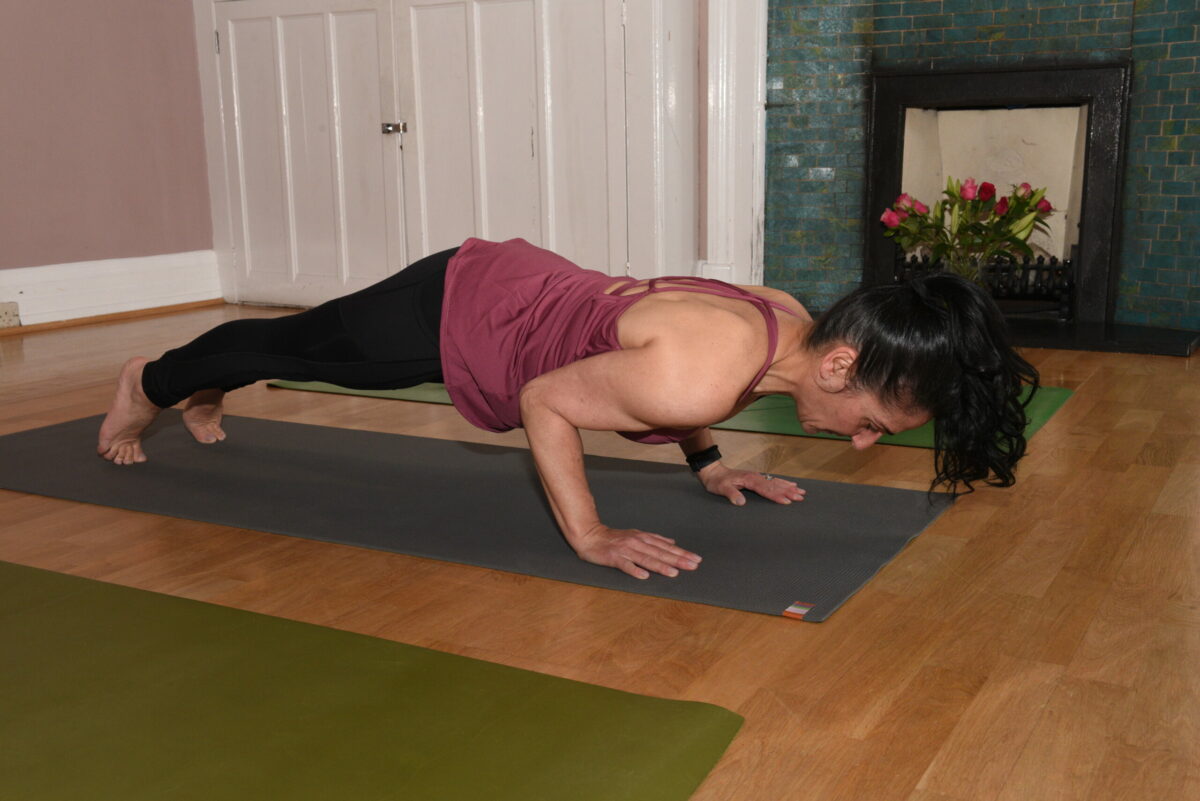Difference Between Yoga & Physical Exercise
Welcome to Yoga Bites from NLYC, bite sized easily digestible articles on Yoga. Each one explores the classical teachings in more depth so that you can get more from your practice and bring yoga into daily life.
The ancient science of Yoga has a holistic viewpoint of exercise, many differences exist between Yogic and traditional physical exercises. This is not to say avoid physical exercise but awareness and balance is needed to avoid injury and over exertion. The fundamental differences are shown below:
Yoga exercises avoid strong fast muscle contractions as these cause fatigue, muscle stiffness and injury. All movements are slow and gradual with proper breathing and relaxation. Muscles respond very well to breathing and if the breath becomes shallow and unsteady we are pushing too hard so we return to a state where we feel comfortable to hold the pose with ease and grace.
Strong fast contraction of the muscles produces lactic acid in the muscle fibres causing fatigue. When attention is not paid to warming and stretching muscles, violent movements can cause damage resulting in long-term stiffness or injury. Though injuries may pass quickly when young, they often return when older and take longer to recover from.
Yoga develops mental faculties and concentration. It is encouraged to bring awareness to the breath and not allow ourselves to be distracted by random thoughts. By being distracted and not being present in the moment is another way in which we have the potential for risk. Bringing attention to the breath and keeping it flowing is a way to keep the muscles safe and calms the mind and nervous system.
A strong body and mind is necessary to endure the stresses and strains of daily life. Rapid movements of the muscles place the heart under increasing levels of strain and increase adrenaline which stimulates the mind. If we work on the physical body only without taking care of the mind we can only sustain short-term health and may return to unhealthy lifestyle habits and choices or seek relief in addictions or stimulants.
Muscular development does not necessarily mean a healthy body. Health is the state when all organs function perfectly under the intelligent control of the mind. The stretching of muscle forces blood through the veins, inverted postures use gravity to force the blood back to the heart. All of this strengthens and stretches the heart and increases the rate at which blood circulates. Muscle fatigue is counteracted through proper breathing and relaxation. By bringing awareness to the breath the whole practice becomes a moving meditation aligning the body, mind and heart.
Physical exercise relies solely on aerobic activity to increase heart rate and thereby circulation. This produces tremendous strain on the heart. Violent movements exceed the muscle and circulation limits, causing fatigue.
In yoga relaxation is done systematically to pay off oxygen debt resulting from build up of lactic acid in the system. Knowing that there is a limit to the size of the oxygen debt that an individual can incur, yoga emphasizes movements with deep breathing and periods of relaxation.
The greatest limiting factor for the maintenance of strenuous exertion is oxygen supply. Because the intake of oxygen often cannot meet the muscular demands, lactic acid is accumulated in the muscles and blood, and fatigue sets in.
In Yoga the increased efficiency of the entire system is due to better coordination and stability that training develops. Yoga regards the physical body as an instrument for the journey to perfection. Start your Yoga practise slowly but be consistent. Gradually you will discover within yourself the unconditional love, goodness, abundance and joy within you. These new found qualities will impact positively on every aspect of your life.
It is now being recognized that driving a man at his work to the point of exhaustion is not good for the health of the individual or the quality and quantity of work. Physical exercise may develop muscles for a beautiful and stylish body that looks good on the outside but does not necessarily bring happiness on the inside.
Source:– The New Book of Yoga. The Sivananda Yoga Centre.
– The Complete Illustrated Book of Yoga – Swami Visnudevananda
– Sivananda Yoga Teachers’ Training Manual
Compiled by Carmen Burby

